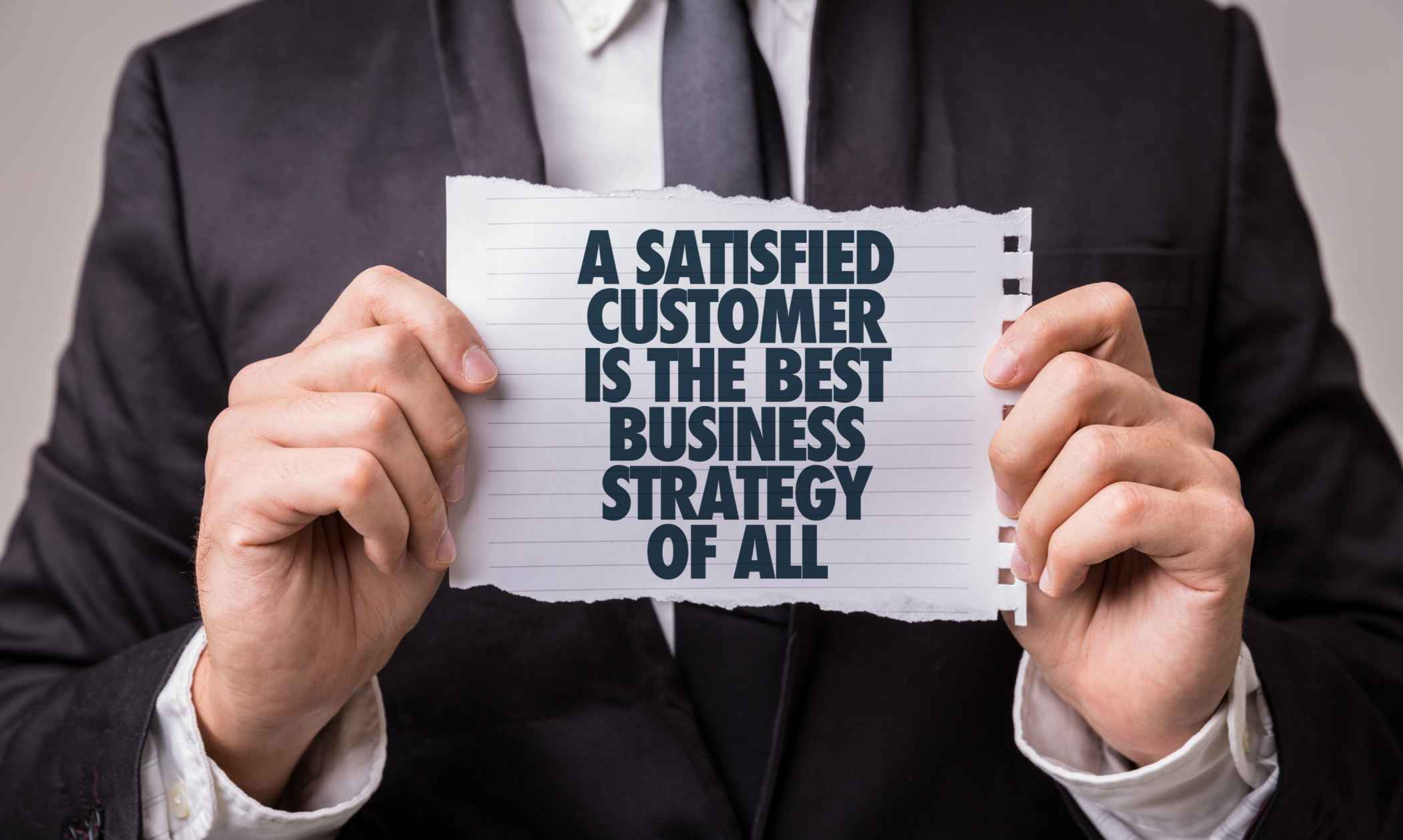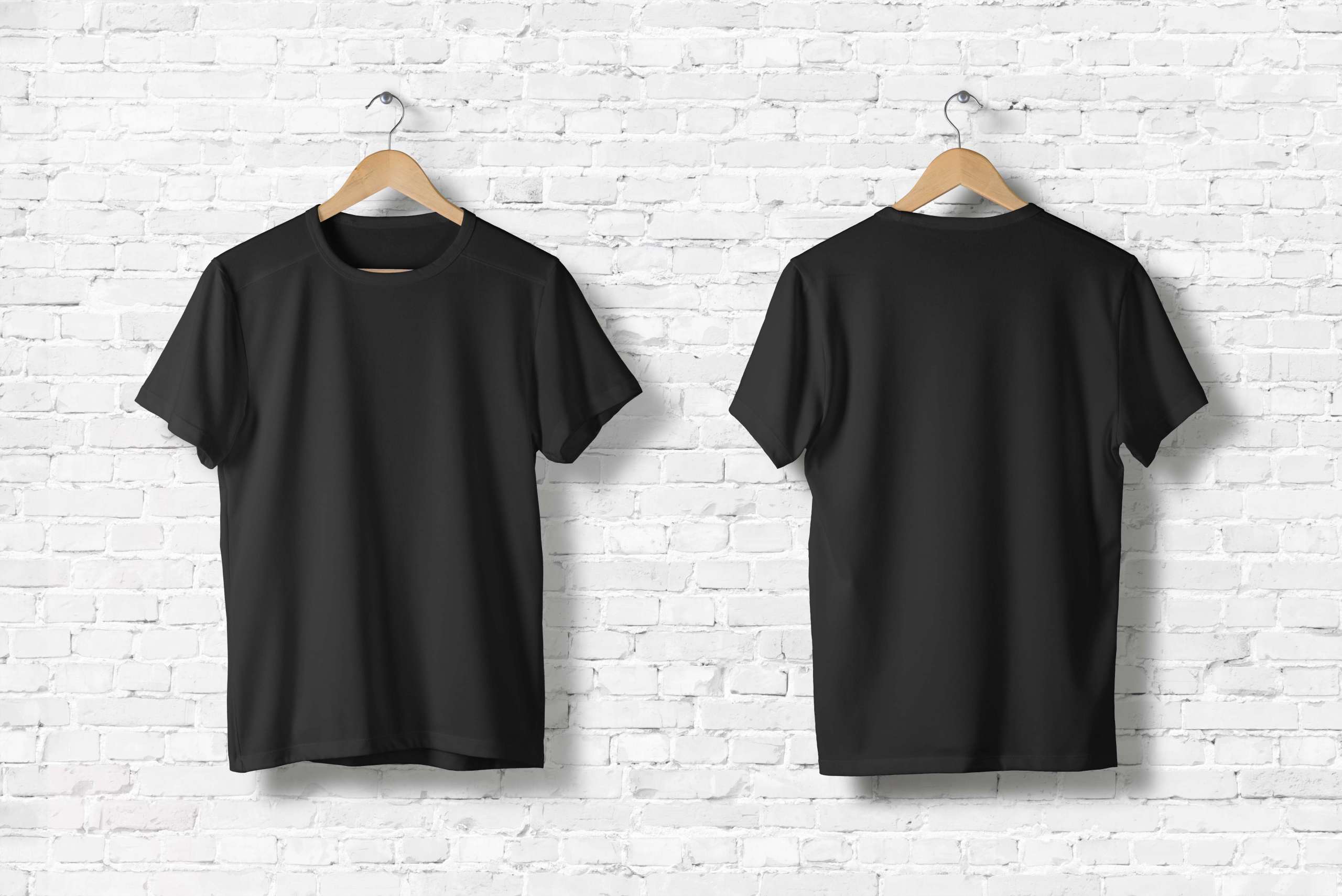How to Improve Customer Experience Online and in the Store?



Any business - large or small - needs to thoroughly understand its customer base. Businesses sink or swim based on how they cater to customer demands. Customer experience - also known by CX - is the customers’ holistic perception of a business or brand based on their experience with it.
The terms ‘customer experience’ and ‘customer service’ are used interchangeably. This is incorrect as customer service is only a part of the customer experience. In other words, do not assume that customer service alone is enough for your brand!
A better customer experience leads to a satisfied clientele. This translates to positive customer reviews for online as well as brick and mortar businesses. How to build your business around a satisfied clientele and a positive brand reputation? Here are 10 ways to improve your brand’s customer experience.
1. Customer Service in the Store

It is crucial to make the customer, especially in physical stores, feel like they matter. Staff must interact with all customers who walk into the store. Also, staff must be cooperative, assisting and pleasant. A personalised tour of the physical store may help customers and keep them coming back.
Lastly, customers must feel satisfied with the goods and services on offer. A store’s catalogue must be broad enough to meet customer demands.
2. Appeal To All Senses in a Physical Store
The ambience of the store must be comforting and welcoming to customers. Sensory marketing has greater application when it comes to physical stores. Unlike online stores, sensory marketing can better help attract customer attention. Customers must be able to see and touch purchasable items in a brick and mortar business.
The exception is fragile items which stores may (understandably) keep out of reach. A guided customer experience may also help establish a connection between the customer and the product.
3. A Website Free of Bugs
A brand’s online content - whether in the form of a computer website, mobile app or social media page - must load quickly on the customer’s device. Unwanted pop ups are a no-no and will tank the brand’s SEO rating. A slowly loading page also harms the brand as it increases the bounce rate and reduces customer retention.
In order to maintain a broad customer base, e-commerce retailers must optimize their websites to ensure maximum functionality. A properly optimized webpage will work regardless of a customer’s device, network connection or location.
4. A Good Photo Speaks Volumes for Profits
Customers shopping online are drawn to images more than text. As sensory marketing is limited in online stores, businesses must rely heavily on visual marketing. Every product for sale should have clear photos taken from multiple angles. A showcased item must be photographed using various backgrounds to appeal to a broad customer base. For example, a painting on sale may be showcased in both the living room and the bedroom.
5. Waiting Customers Will Leave You
A waiting customer is often an impatient and angry customer. Such customers are likely to leave negative reviews about a business. Therefore, an agile staff is crucial to reducing customer wait times. Employees must be efficient and tackle multiple activities.
Implementing queue management techniques can also help.
Sometimes, a simple acknowledgement is enough. Staff should be trained to say, “I will be with you in a moment” or “I apologize for the wait.” This makes customers feel like their time is valued.
6. Focus On Website Navigation and Site Search
Customers must be able to easily navigate a business website. Companies investing in online marketing must prioritize site search technology. An easily searchable website ensures that customers are quickly able to access their desired content.
The website must also be designed to limit excess clicks and misclicks. User-friendly features reduce the bounce rate and ensure customer retention. For example, auto scroll can be implemented on a website to keep users interested.
7. Encourage Customer Feedback

No customer is without an opinion. Businesses should strive to create an environment where a customer feels valid and heard. Brands and companies also benefit from customer feedback. Customer insights can offer a window into poor business practices that need to be rectified.
To sum up, customer feedback is indispensable. This applies for physical stores as well as e-commerce websites.
8. Product Description Followed by Customer Reviews
E-commerce products should come with a comprehensive and relevant description. The text must be simple so customers can quickly scan through the text.
Online shoppers also rely on product reviews by other customers who have used a product. As such, every item for sale must feature customer reviews. A reliable rating system may also enable customers to filter out products with poor reviews.
9. Rewarding Loyalties
Customer loyalty is often overlooked by businesses. This is especially the case when profit maximization and growth are the primary objectives. But regular customers should be rewarded for their brand loyalty. Customers who bring in referrals (i.e., friends, family etc.) should also be rewarded.
Reward schemes can include discounts, promos, coupons, etc. Enhancing the customer experience for loyal customers also helps. Friendly (i.e., “special”) attention from staff can keep customers coming back to a business.
10. Less Can Be More
Online shoppers must enjoy a user-friendly browsing experience on e-commerce websites. A website characterized by a cacophony of photos, videos and popups drives business away. Care should be taken to ensure that customers are not distracted from their purchasing goals.
A minimalistic website can reduce screen clutter and enhance customer experience.
Written content on such a website should be precise and to the point. Ideally, a customer shouldn’t have to read more than 100 words for each product. Also, videos should be optimized so as to not tax the customer’s internet connection.



















